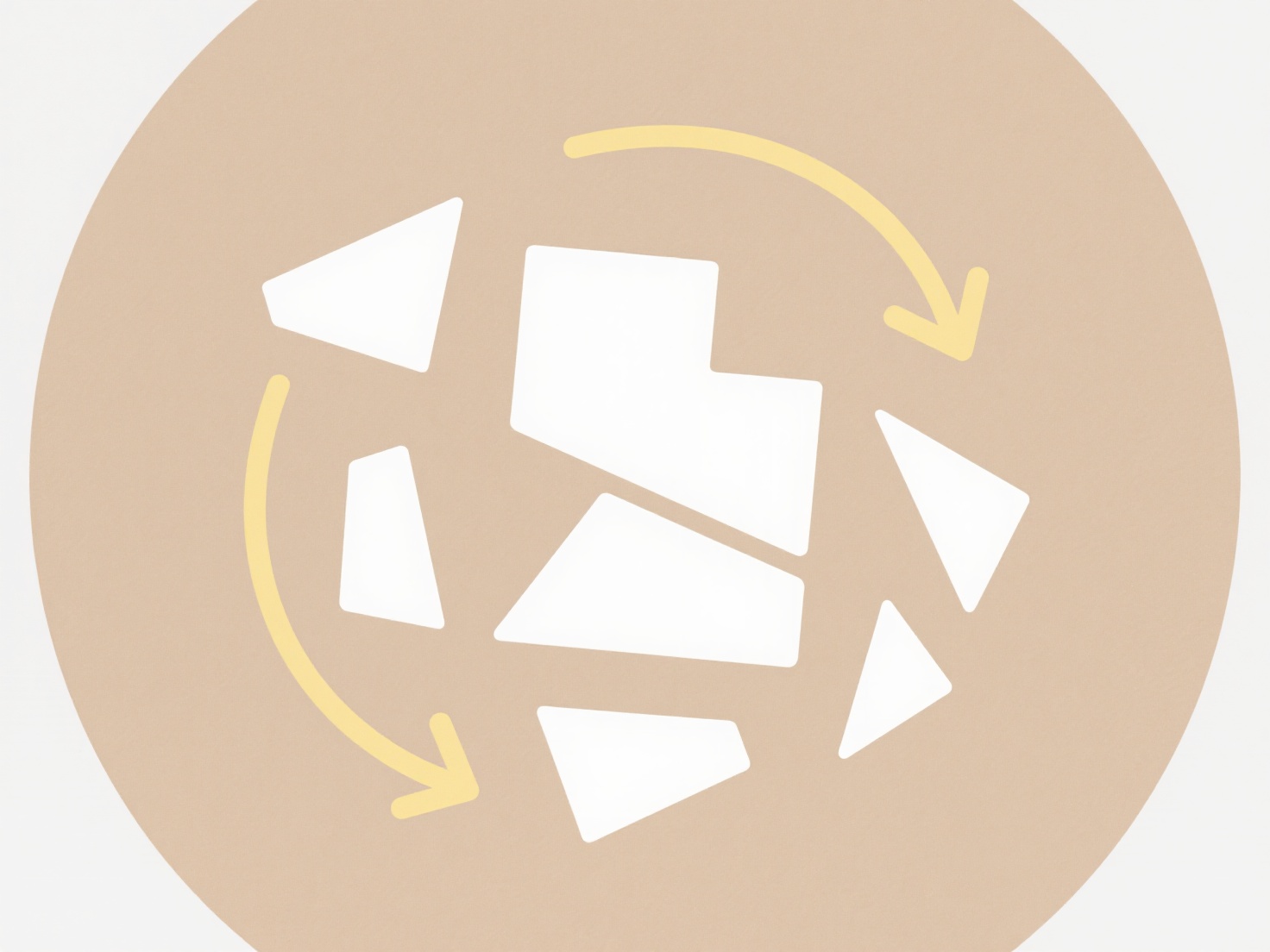
In Adobe Photoshop, saving projects refers to preserving your work using specific file formats and commands. The main options are Save, Save As, and Save a Copy. Save overwrites your existing file, Save As creates a new file while letting you choose name/location/format, and Save a Copy generates a duplicate without changing your current working file. Crucially, saving in Photoshop's native PSD (Photoshop Document) format retains all editable layers, masks, adjustment layers, and other features. Using other formats like JPEG or PNG often flattens the image, permanently merging these layers and reducing editability.
For example, a photographer working on layered edits like dodging/burning or adding text would primarily save their work-in-progress as a PSD file. This allows them to reopen the project later and modify any individual layer. When the project is complete and ready to share online or for printing, they would use Save As to export a flattened copy in a compatible format like JPEG or TIFF. Graphic designers frequently save layered PSDs for source files but export final assets for web or print using PNG (for transparency) or PDF formats via Save As or Export.

Saving as PSD offers significant advantages by preserving full editability and complexity, essential for ongoing projects. A key limitation is the PSD format's proprietary nature; files are best viewed and edited within Photoshop itself or compatible Adobe applications. For sharing or final use, export to universal formats is necessary. Cloud-based saving options are increasingly integrated, enhancing accessibility and collaboration, reinforcing the need to regularly save versions using the appropriate command.
How do I save projects in Adobe Photoshop?
In Adobe Photoshop, saving projects refers to preserving your work using specific file formats and commands. The main options are Save, Save As, and Save a Copy. Save overwrites your existing file, Save As creates a new file while letting you choose name/location/format, and Save a Copy generates a duplicate without changing your current working file. Crucially, saving in Photoshop's native PSD (Photoshop Document) format retains all editable layers, masks, adjustment layers, and other features. Using other formats like JPEG or PNG often flattens the image, permanently merging these layers and reducing editability.
For example, a photographer working on layered edits like dodging/burning or adding text would primarily save their work-in-progress as a PSD file. This allows them to reopen the project later and modify any individual layer. When the project is complete and ready to share online or for printing, they would use Save As to export a flattened copy in a compatible format like JPEG or TIFF. Graphic designers frequently save layered PSDs for source files but export final assets for web or print using PNG (for transparency) or PDF formats via Save As or Export.

Saving as PSD offers significant advantages by preserving full editability and complexity, essential for ongoing projects. A key limitation is the PSD format's proprietary nature; files are best viewed and edited within Photoshop itself or compatible Adobe applications. For sharing or final use, export to universal formats is necessary. Cloud-based saving options are increasingly integrated, enhancing accessibility and collaboration, reinforcing the need to regularly save versions using the appropriate command.
Quick Article Links
What formats are supported by iOS for documents and media?
iOS supports a wide range of document and media formats for viewing, editing, and sharing. For documents, core supported...
How do I convert file name structures from one standard to another?
File name structure conversion involves systematically changing how files are named by transforming them from one predef...
How do I search within application-specific directories?
Searching within application-specific directories refers to finding files located in folders created and managed by spec...